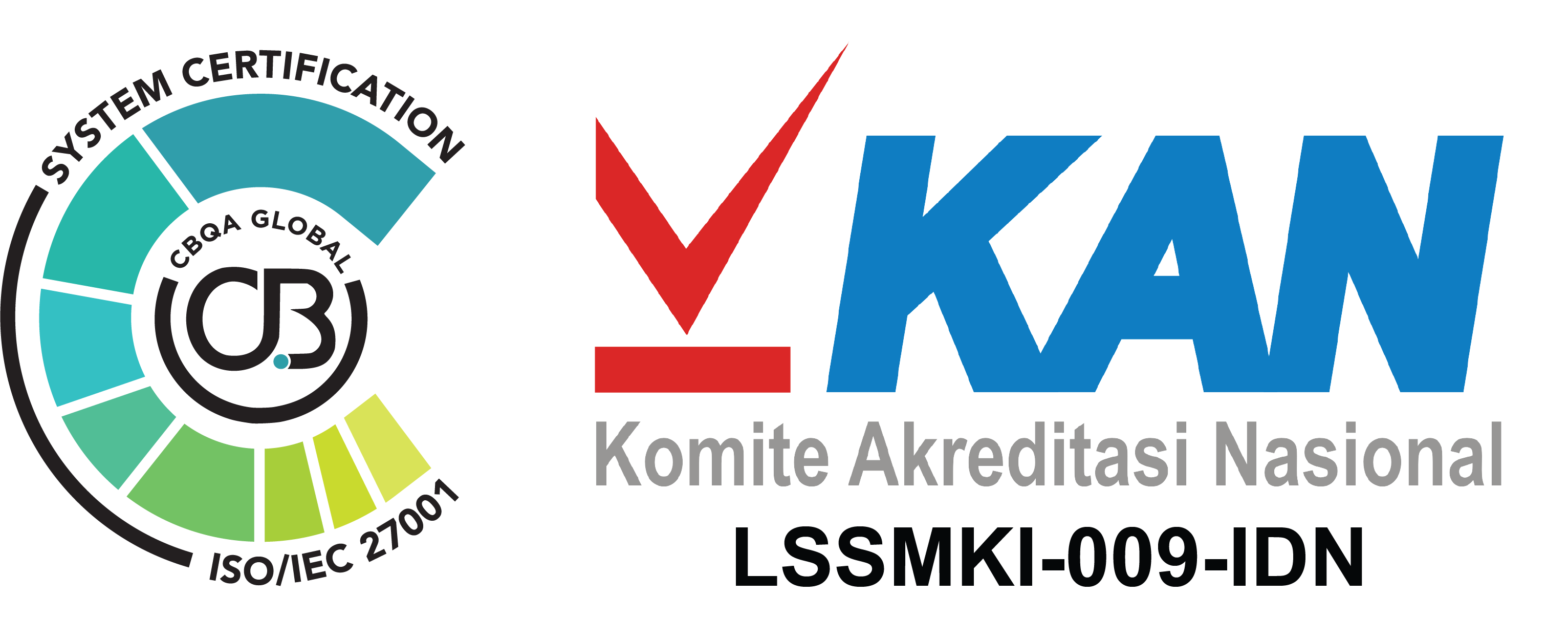The Dow Jones and others did not move much on Thursday (03/08/23) which was choppy or highly volatile, as the US Treasury yield jumped to its highest level since November 2022 triggered by sentiment ahead of the release of employment data on Friday. The benchmark 10-year US Treasury yield rose as high as 4.198%, extending gains from the previous day after Fitch downgraded the US credit rating. In afternoon trading, the 10-year yield closed down at 4.183%. The Labor Department reported the number of Americans filing new claims for unemployment benefits increased slightly last week, while layoffs fell to an 11-month low in July as labor market conditions remained tight. Initial Jobless Claims came in at 227k as expected, slightly higher than 221k in the previous week. On the other hand, 2Q23 Nonfarm Productivity rose higher than expected 2% to 3.7% qoq, much improved from -1.2% in the previous quarter. Unit Labor Costs 2Q23 slowed to 1.6% qoq, lower than both the estimate and the previous quarter. These two readings suggest US worker productivity improved sharply in the second quarter, while labor costs slowed; thereby fueling further optimism that the taming of inflation seen recently is likely to continue. Next, the US reported S&P Global Composite PMI (July) weakened in its expansionary path to 52 (as forecast) from 53.2 in June. Factory Orders (June) increased 2.3% yoy (above expectations of 2.2%) and much better than May’s 0.4%. Another PMI measure to watch is the ISM Non-Manufacturing PMI which also sheds light on slowing conditions although still on an expansion path, as July was reported at 52.7, lower than 53.9 the previous month. However, on the one hand, ISM Non-Manufacturing Prices (July) increased to 56.8, compared to 54.1 in June; meaning that businesses are paying higher prices for inputs as demand continues to increase. In light of this, Richmond Federal Reserve President Thomas Barkin is concerned that US inflation remains too high, despite recent readings suggesting price pressures are easing. From the Asian region, South Korea reported Foreign = Exchange Reserves (July) at USD421.8 billion, little changed from the previous month at USD421.45 billion. Meanwhile, Japan recorded Foreign Bonds Buying and Foreign Investment in Japanese Stocks which increased significantly from the previous week, signaling that foreign interest in Japanese financial instruments has increased significantly; although on the one hand the Japanese Services sector PMI for July looks a little slower on the path of expansion. Speaking of PMIs as well, China reported an increasingly expansionary Caixin Services PMI (July) at 54.1 (higher than expectations & previous month). Meanwhile, from continental Europe, German reported Trade Balance (June) managed to record a surplus at EUR18.7bn, managing to outperform May at EUR14.6bn as their Imports fell further than Exports which remained motionless at 0.1%. PMI highlights in continental Europe still put the Eurozone on the path of contraction as the S&P Global Composite PMI (July) is still wallowing at 48.6, yet to make it to the 50 boundary area. Slowing Inflation is also being felt at the producer level as the Eurozone PPI (June) is at -3.4% yoy deflation, and -0.4% mom. All of which explains the worse-than-expected decline in Eurozone business activity in July as the decline in manufacturing was accompanied by a further slowdown in growth in the bloc’s dominant service industries. As for the Bank of England, it just raised interest rates 25bps (as expected) to 5.25%, its 14th hike, and warned that borrowing costs are likely to remain high for some time. Today market participants will again monitor a series of important economic data namely: German Factory Orders (June), S&P Global UK Construction PMI (July), Eurozone Retail Sales (June), Average Hourly Earnings (July). Not to forget the two most important are US Nonfarm Payrolls (July) which is predicted to soften to 200k from 209k in the previous month, and the Unemployment Rate (July) which is expected to remain the same as June at 3.6%. In terms of commodities, oil prices rose about 2% on Thursday as Saudi Arabia and Russia took steps to keep supplies tight into September and possibly beyond. Brent rose $1.94, or 2.3%, to $85.14 per barrel; while US West Texas Intermediate crude rose $2.06, or 2.6%, to settle at $81.55/barrel. Saudi Arabia said it would extend its (voluntary) oil production cut by one million barrels per day (bpd) for a third month including September, adding that it could be extended further. Saudi production is expected to be around 9 million barrels per day in September. Meanwhile, Deputy Prime Minister Alexander Novak said Russia will cut oil exports by 300,000 barrels per day in September. The announced cuts follow OPEC+’s move in June to limit global oil supply until 2024. OPEC+ ministers will meet on Friday to review market policy.
Unexpectedly, JCI was able to brush off the negative sentiment of regional markets and bounced back above MA20 Support, there was an attempt to break MA10 but in fact still closed slightly below the 6900 level. For the end of this week, NHKSI RESEARCH sees a possibility for JCI to continue this bullish swing; however investors/traders should also be wary if Support 6850 is chosen to fall. Therefore, overly aggressive position additions are not recommended at the end of a week that is laden with speculation of important follow-up economic data later tonight.
Download full report HERE.

